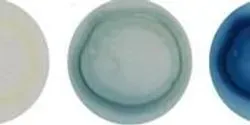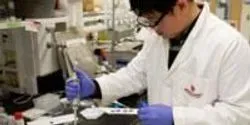Materials Science
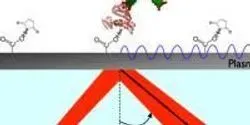
A research team led by North Carolina State University has identified and synthesized a material that can be used to create efficient plasmonic devices that respond to light in the mid-infrared (IR) range. This is the first time anyone has demonstrated a material that performs efficiently in response to this light range, and it has applications in fields ranging from high-speed computers, to solar energy to biomedical devices.
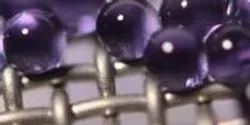
Using the same baking soda found in most grocery stores, Lawrence Livermore National Laboratory scientists, along with colleagues from Harvard University and the University of Illinois at Urbana-Champaign, have created a significant advance in carbon dioxide capture.

A team of scientists has identified the complex process by which materials are shaped and ultimately dissolved by surrounding water currents. The study, conducted by researchers at New York University’s Courant Institute of Mathematical Sciences and Florida State University, appears in the Journal of Fluid Mechanics.

Smaller, lighter electric car batteries that don't have to sacrifice longevity to be petite could be one benefit of basic research into lithium-ion battery nanomaterials at the University of Alabama in Huntsville (UAH).
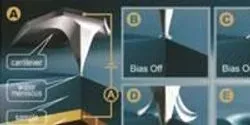
Friction impacts motion, hence the need to control friction forces. Currently, this is accomplished by mechanistic means or lubrication, but experiments conducted by researchers at the Department of Energy’s Oak Ridge National Laboratory have uncovered a way of controlling friction on ionic surfaces at the nanoscale using electrical stimulation and ambient water vapor.


